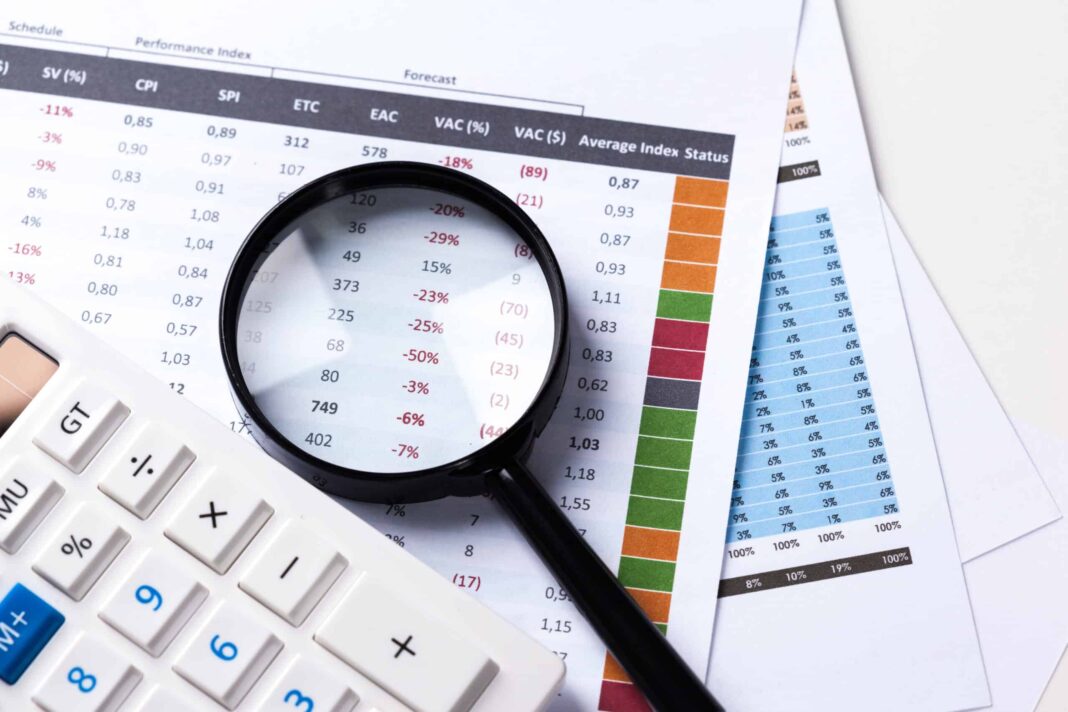In today’s fast-paced business environment, data has become one of the most valuable assets for organizations seeking to gain a competitive edge. With the advent of advanced analytics tools and technologies, businesses have gained the ability to delve deep into their expense data to uncover hidden patterns and gain valuable insights. Expense analysis, when utilized effectively, can provide organizations with an enhanced understanding of their cost structure, improve decision-making processes, and ultimately drive overall business intelligence.
The Power of Expense Analysis
Expense analysis is the systematic process of examining an organization’s financial records to gain a comprehensive understanding of its expenses. By analyzing expense data, businesses can identify cost drivers, allocate costs to different functions or departments, benchmark against industry peers, and make informed decisions on resource allocation.
One of the significant advantages of expense analysis is its ability to uncover hidden patterns and anomalies within a company’s cost structure. These patterns, which may not be immediately apparent, can provide crucial insights into areas where costs are getting out of control or savings can be made. For instance, expense analysis may reveal that a particular department is consistently overspending on travel expenses. Armed with this knowledge, organizations can take corrective actions to manage their expenses more effectively.
The Role of Business Analytics in Expense Analysis
Business analytics plays a pivotal role in the effective execution of expense analysis. Advanced analytics techniques, such as data visualization, regression analysis, and machine learning, enable organizations to analyze large volumes of expense data quickly and accurately. By using these techniques, businesses can identify trends, correlations, and outliers within their expense data, allowing for more informed decision-making.
Data visualization, in particular, helps transform complex expense data into easily understandable visual representations, such as charts and graphs. These visualizations enable business stakeholders to quickly grasp the relationships between different cost categories and identify areas of concern or potential opportunities for cost optimization.
Regression analysis allows organizations to identify the relationships between expenses and various factors that may influence them, such as sales revenue or employee headcount. By understanding these relationships, businesses can gain a better understanding of how different cost drivers impact their overall expense structure.
Machine learning algorithms take expense analysis to the next level by leveraging the power of artificial intelligence to identify patterns and anomalies that may not be apparent to human analysts. By automatically sifting through vast amounts of expense data and detecting outliers, machine learning algorithms can flag potential fraudulent activities or unusual spending patterns, improving overall data quality and reducing risks.
Important Considerations in Expense Analysis
While expense analysis can provide valuable insights, it’s essential to consider several factors to ensure accurate and effective results:
1. Data Quality: Expense analysis heavily relies on accurate and reliable data. It’s crucial for organizations to maintain clean and up-to-date expense records to ensure the analysis produces meaningful results.
2. Data Granularity: The level of detail in expense data can significantly impact the analysis outcomes. Having granular expense data, such as cost breakdowns by specific projects, departments, or vendors, allows for more precise analysis and identification of cost drivers.
3. Integration with Other Data: Expense analysis should not be treated in isolation. Integrating expense data with other business data, such as sales, customer, or production data, can provide a more comprehensive picture of the organization’s financial health and reveal additional insights.
4. Continuous Monitoring: Expense analysis should be an ongoing process rather than a one-time event. Regular monitoring of expense trends and patterns allows businesses to detect deviations early and take corrective actions promptly.
5. Collaborative Approach: Expense analysis should involve collaboration between finance, operations, and other relevant departments within an organization. This holistic approach ensures a better understanding of expense drivers and fosters a culture of cost consciousness across the organization.
Summary
Expense analysis is a crucial component of business analytics and business intelligence. By uncovering hidden patterns and anomalies within an organization’s cost structure, expense analysis provides valuable insights that can drive better decision-making, optimize resource allocation, and improve overall business intelligence. Utilizing advanced analytics techniques, such as data visualization, regression analysis, and machine learning, enables organizations to gain a deeper understanding of their expenses and make informed strategic decisions. However, it is essential that organizations consider factors such as data quality, granularity, integration with other data sources, continuous monitoring, and a collaborative approach to ensure the accuracy and effectiveness of expense analysis. Ultimately, harnessing the power of expense analysis empowers organizations to stay ahead in a highly competitive business landscape.
- Unleashing the Power of Progress: Crafting an Astounding Growth Strategy - 17 de agosto de 2023
- Evolution Unleashed: Unlocking the Power of Iteration - 17 de agosto de 2023
- Unleashing Unlimited Potential: The Power of Scalability - 17 de agosto de 2023




